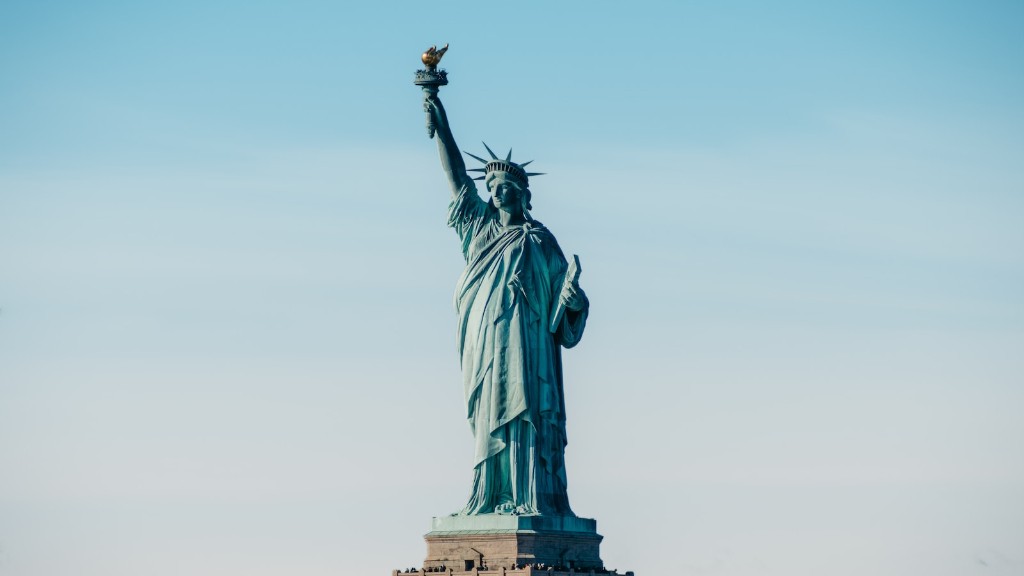Physical Preparation
Climbing Kilimanjaro is a challenge that requires intense physical preparation. To be able to successfully reach the summit, hikers should be in good physical condition with decent levels of fitness. Kilimanjaro is known for having unpredictable and changeable weather conditions, and while some complete the trek in as few as 4 days, hikers should be prepared for up to 7 days of trekking.
For the best chance of making it to the top, hikers should start preparing for the trek at least 3-4 months in advance. This should include activities such as running, swimming, and any kind of aerobic exercise. Taking on regular hikes of increasing intensity will also help prepare your body for the physical demands of the trek. Additionally, hikers should include some strength training into their preparation routine as this will help give them the strength and stamina needed for the ascent.
Supplies
When climbing Kilimanjaro, it is important to ensure that you have the right supplies. Packing functional yet lightweight items will help make the journey easier. Key items to include in your pack are a wool hat, a comfortable pair of hiking boots, sun block, a good quality sleeping bag and base layers. Additionally, food and water topped up with electrolytes and energy gels is key to keeping your body fueled while on the climb.
Finally, a first aid kit is essential and should include items such as plasters, hydration sachets, anti-inflammatories and personal medication such as altitude tablets. Doing a practice run with your pack carrying a few days of food and water will help determine how the weight of the pack feels and how it affects your ability to walk.
Nutrition
Being adequately nourished and hydrated is another important factor that should not be overlooked. It is important to eat small regular meals throughout the course of the day as this will prevent you from experiencing fatigue and exhaustion. This should include breakfast, lunch, snacks and dinner. It is advisable to include a concentrated source of protein and carbohydrates to help keep your energy levels up throughout the day. Additionally, drink plenty of water and energy drinks to help your body stay hydrated and energized during the trek.
Altitude Adjustment
One of the most important factors to consider is the adjustment to high altitude. Kilimanjaro is the highest mountain in Africa, and the trek to the summit is an altitude gain of more than 5000 metres. This puts an extremely heavy strain on the body, and can lead to complications due to the lack of oxygen.
For this reason, it is important to take time to acclimatize during the trek and to take regular breaks. This is to allow your body to adjust to the decreased oxygen levels, and to reduce the risk of altitude sickness. Hiking at a steady pace and taking plenty of breaks is key to give your body a chance to acclimatize. Additionally, it is important to listen to your body, and to understand the symptoms of altitude sickness.
Mental Preparation
The journey to the summit can be very demanding both physically and mentally, and it is important to prepare accordingly. Researching in advance and having an understanding of what to expect will help you mentally and emotionally prepare. Additionally, it is important to keep a positive mindset throughout the trek and to take regular breaks to rest and refuel. Having a group of support friends or family members with you will also help encourage and motivate you on the challenging days.
Guides and Porters
When climbing Kilimanjaro, one of the most important things to do is to find reliable guides and porters. This is for your own safety, as well as for their wellbeing. Having a knowledgeable and experienced guide will provide invaluable insight into weather conditions, the terrain and the physical demands of the trek. Porters are also essential and will help to carry all the necessary supplies required during the trekking process.
Risks
Despite being a popular activity, it is important to remember that hiking Mount Kilimanjaro is an extreme undertaking, and it is essential to be aware of the potential risks. As with any climb, there is always the risk of injury, and there are serious dangers associated with altitude sickness. The most commonly experienced symptoms of altitude sickness are headaches, nausea, and hypothermia. It is essential to be aware of these risks and to ensure that all necessary safety precautions are taken.
Weather Conditions
Weather conditions on Kilimanjaro can be very unpredictable, and can often change suddenly. As such, it is essential to be prepared for a range of conditions. It is advisable to pack layers of clothing to ensure that you are warm and dry throughout the trek. The weather at higher altitudes can be significantly colder, and it is important to be aware of this. Additionally, taking the time to research the weather conditions and plan accordingly can help to make the trek more manageable.
Gear and Equipment
Having the right gear and equipment is essential when climbing Kilimanjaro. In addition to the supplies mentioned earlier, important equipment should include a good quality tent, a backup head torch, a walking pole and a ground sheet. These items will help to make the journey more comfortable and will help to ensure your safety throughout the course of the trek. Additionally, each person should have their own personal bedding, a water bottle and an emergency whistle.
Conclusion
Climbing Mount Kilimanjaro is a feat that requires determination and preparation. With the right supplies, knowledge, and attitude, summiting the mountain can be a rewarding and life-changing experience. It is important to be aware of the physical and mental challenges you will face along the way, as well as the potential risks associated with extreme altitudes. Planning ahead and having the right gear and equipment can make the trek more manageable and enjoyable, and will help you make the most out of the adventure.
